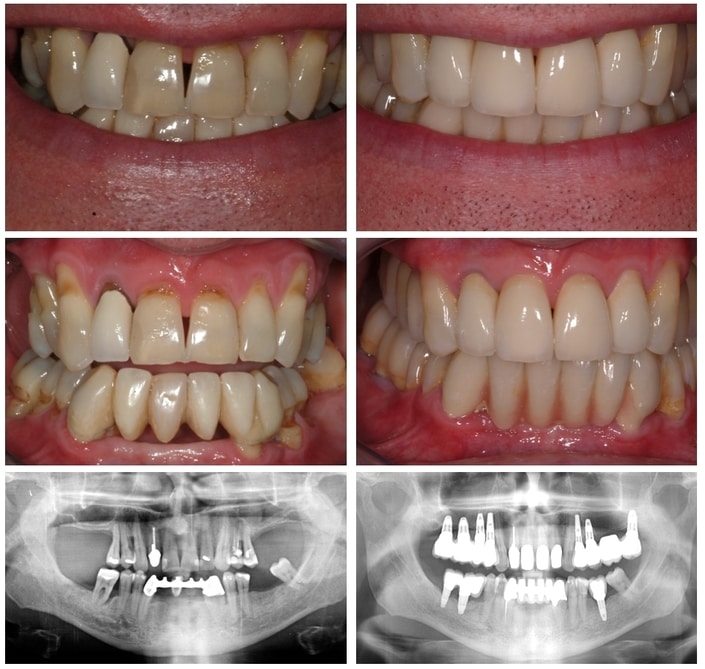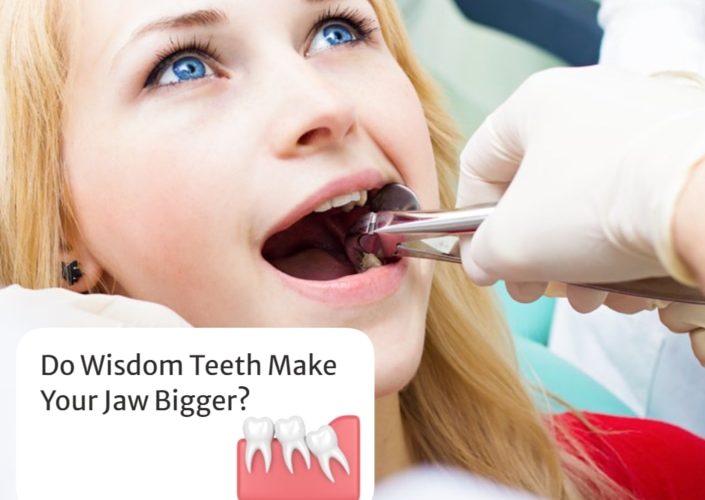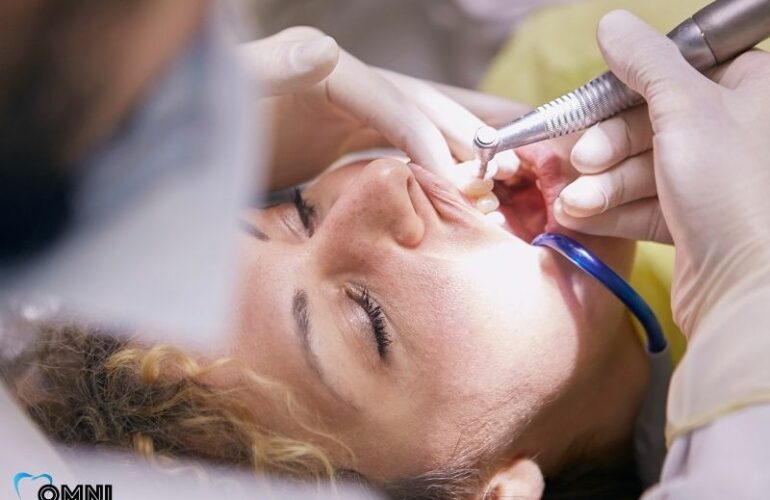Dental bridges fill in the gap caused by missing teeth. They are typically composed of two or more crowns anchoring the bridge to existing teeth with replacement teeth in between.
If you have to fit a missing tooth with a dental bridge, it’s natural to be concerned about how long such prosthetics may last. After all, these procedures cost money and require recovery, so no one wants to go through them more than is absolutely necessary. The good news is that bridges are a long-lasting solution with the right care.
An average dental bridge lasts anywhere between five and fifteen years. Some dental bridges even last over 20 or even 30 years. It really depends on the quality and type of bridge, as well as the initial fit and level of continuous care given.
Dental bridges function as a replacement for missing teeth and assist in the prevention of dental issues when the surrounding teeth alter their positions to fill the gap of the missing tooth/teeth.
While dental implants are often permanent, dental bridges are not. The life a dental bridge can vary depending on many factors. Below is some information on the expected lifespan of a dental bridge.
What is a Dental Bridge?
A dental bridge is a prosthetic device that restores your smile by filling a gap caused by one or more missing teeth. Our doctors will often recommend a bridge if you want to:
- Have a complete smile again
- Prevent your natural teeth from shifting
- Speak without hesitation
- Make chewing more natural and comfortable
- Overall feel more confident in your smile
Who Needs a Dental Bridge?
Dental bridges can help if you have a missing tooth or teeth. The most common causes of missing teeth are tooth decay, gum disease and injury. Or you may have been born with missing teeth due to a congenital condition. To get a dental bridge, you need healthy teeth on either side of the missing ones.
You may be given a temporary bridge. When your final bridge is made, it will be placed on the abutment teeth to bridge the gaps in your smile. Those teeth now have to endure the pressure and wear of multiple teeth. Over time, this stress can weaken the supporting teeth.
What Are The Types Of Dental Bridges?
The following are the 3 main types of dental bridges:
- Traditional – A crown or implant is placed for the tooth on each side of the gap created by the missing tooth, with a false tooth called a pontic placed in the gap. This is the most common type of bridge and is made of either ceramics or of porcelain fused to metal.
- Cantilever – These are used when adjacent teeth are only on one side of the missing tooth or teeth.
- Maryland bonded – This type of bridge has a framework as well as wings that are often on just one side of the bridge and are bonded to existing teeth. It’s usually used for missing front teeth.
What’s the Difference Between Removable and Fixed Bridges?
Removable bridges have crowns on either end that clip onto existing teeth (filed down by a dental professional to fit correctly). If you get these impermanent teeth replacements, you’ll need to take them out to clean them every day. People who choose removable bridges over fixed bridges often do so because they come at a lower cost and don’t require surgery.
There are two types of fixed bridges. One is similar to a removable bridge in that each end of the bridge caps a natural tooth. The difference is that they are cemented in place.
How to Prevent Dental Bridge Failure
The way to prolong the lifespan of a dental bridge is to eat tooth-friendly food, and avoid those foods that add stress to the bridge. This means you need to eat more fruit, fibre and vegetables, and avoid meat. This will ensure good oral and general health. You should avoid all sugary and starchy foods, which stick to your teeth and cause dental decay. Also, foods that are hard to chew or require hard chewing such as nuts, popcorn, caramel, and candy should be avoided. Such foods can overload pressure on your dental bridge while chewing on them.
How to Care For Dental Bridges
Here’s how to care for your dental bridges:
• Maintain good oral hygiene. Brush your teeth twice daily and floss them.
• While regular flossing can remove most trapped food, food can sometimes become trapped underneath the bridge where it’s difficult to remove. Such food particles can cause decay in the adjacent teeth. To prevent this, dentists recommend that you use a floss threader that carries the floss under the bridge. This will help to remove the food trapped under the bridge.
• Sign up for regular specialized care and professional cleaning at your dentist. Professional treatment every 6 months will be ideal.
Practicing good hygiene is another good way to keep your mouth healthy. Consistent brushing and flossing will make your teeth look and feel great. It would be best if you brushed your teeth at least twice a day and flossed once per day.







